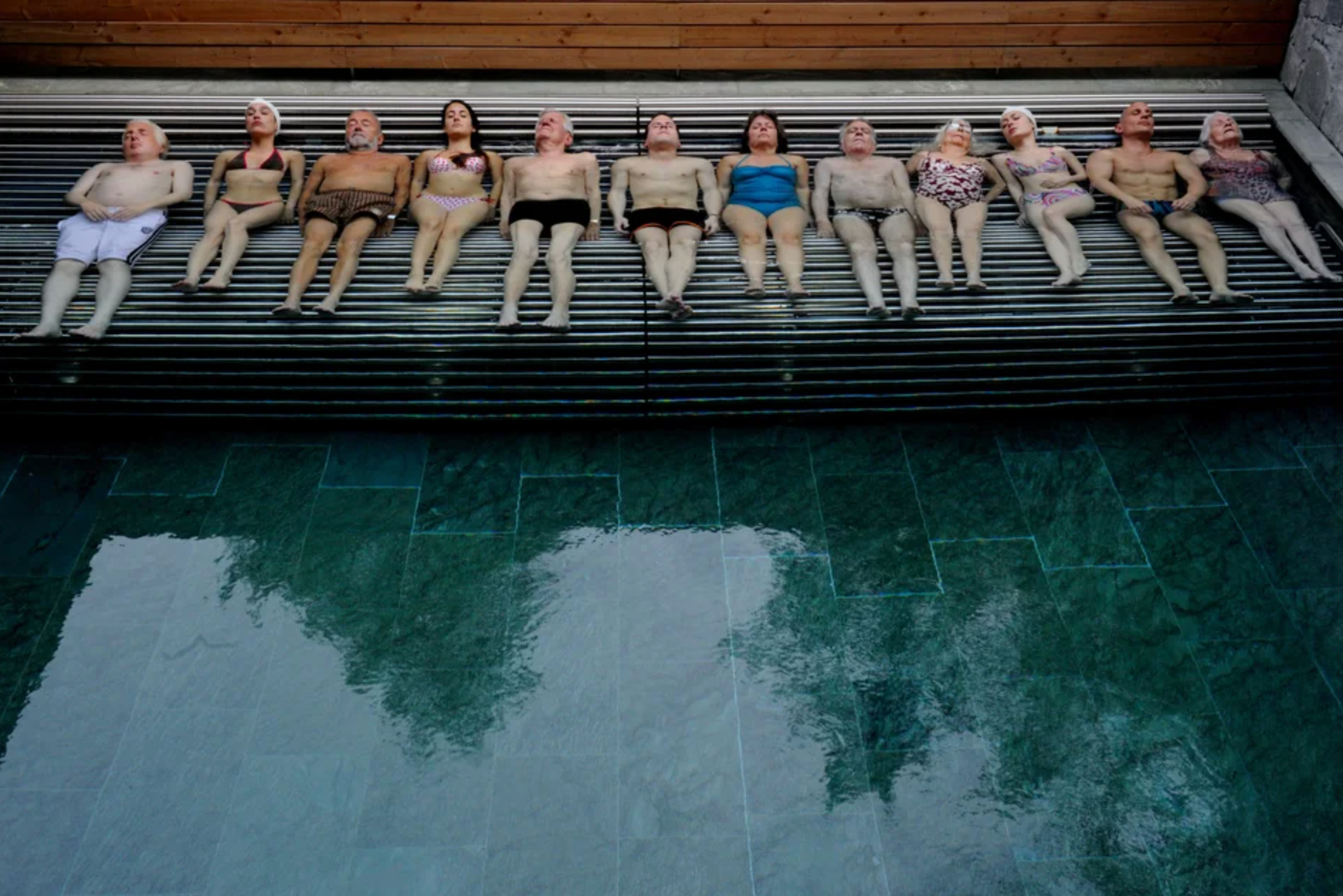
If earlier we took sunburn lightly, helping ourselves with a kefir compress, today it becomes obvious that this skin damage requires a more careful approach.

- What is sunburn
- Reasons for appearance
- Signs and degrees
- What to do if you have a sunburn
- What not to do
- Damage to special areas
- What can help with sunburn of the eyes?
- How to help your child
- Prevention
What is sunburn
Sunburn is an inflammation in response to damage to the outer layers of the skin from ultraviolet radiation. In other words, it is the redness that occurs after excessive exposure to sunlight or other types of ultraviolet light. A sunburn on a person with very fair skin can occur in less than 15 minutes of midday sun exposure, while a person with darker skin can easily tolerate the same exposure for several hours.
Causes of sunburn
Sunburn occurs because the pigment melanin, which protects the skin from the sun, is not omnipotent and cannot cope with its work under very intense exposure to sunlight or another source of ultraviolet light (for example, when visiting a tanning salon).
Melanin is actively produced in large quantities during prolonged exposure to the sun. It darkens skin unprotected from the sun. The amount of melanin produced by the skin is determined by genetics. This is why some people tan in the sun, while others burn. Tanning and burning are two signs of skin cell damage. For people with less melanin, prolonged exposure to the sun without protection can lead to painful reactions: sunburned skin will become red, swollen and very sensitive.

Factors that increase the risk of sunburn:
- physiological characteristics: fair skin, blue eyes and red or blond hair;
- life or vacation in a warm sunny region;
- work outdoors and/or at high altitudes;
- bathing or spraying your skin with water (wet skin tends to burn faster than dry skin);
- outdoor recreation with alcohol consumption;
- taking medications that make the skin more sensitive to the sun and increase the likelihood of sunburn (for example, tetracyclines, thiazides, sulfonamides, phenothiazines, oral contraceptives, diuretics, diabetes medications).
Genetically, people are prone to sunburn to a greater or lesser extent, but anyone can get sunburned. And in itself, prolonged exposure to the sun (even without getting a burn) increases the risk of developing skin cancer. For example, if your skin is dark and does not redden in the sun, exposure to ultraviolet radiation can damage cells and trigger the development of cancer.
It is a mistake to believe that the sun is active only in clear weather. You can get burned on a cloudy day. Up to 80% of UV rays penetrate clouds, so be careful even when the sun isn’t shining.
Signs and degrees of sunburn
Sunburns range from mild to severe. There are two degrees of severity of such burns with characteristic signs.
Sunburn 1st degree
The outer layer of skin (epidermis) is damaged. A person with a first-degree sunburn may notice the following symptoms of skin damage about four hours after exposure to sunlight:
- redness, which is more pronounced on light skin;
- feeling of warmth or tightness;
- swelling or painful blisters.
A person may also see and feel peeling skin for 3 to 8 days after sun exposure. This is a sign that the skin is “repairing itself” from damaged cells. Never attempt to clean such leather yourself.
With a first-degree sunburn, a person may also experience:
- headache;
- elevated temperature;
- fatigue;
- nausea.
First-degree sunburns can take up to seven days to heal.

Sunburn 2nd degree
Both the outer layer of the skin and the layer underneath it, the dermis, are damaged. A person with a second-degree sunburn may notice the following symptoms:
- dark red tint of the skin on the affected area;
- swelling and blisters over a large area;
- moist, shiny skin;
- acute pain;
- white skin in the burned area.
If you have a second-degree burn, you should definitely see a doctor if your skin is severely blistered and swollen, or if you have symptoms of heat stroke or heat exhaustion:
- elevated temperature;
- feeling of heat and chills;
- exhaustion;
- dizziness;
- nausea and vomiting;
- headache and muscle spasms;
- confusion;
- convulsions;
- slurred speech;
- rapid breathing or increased heart rate.
A second degree burn may take several weeks to heal. This may require additional treatment: special cream and bandages. Sometimes people with severe sunburn may need hospital treatment, especially if they also suffered heatstroke.
Sunburn and heatstroke (sunstroke) are not the same thing, but they can occur at the same time. Sunburn occurs from exposure to ultraviolet rays, while sunstroke occurs from exposure to heat. Sunstroke often occurs when a person spends a long time in open water or on a beach, especially with white sand.
What to do if you have a sunburn: what to apply and how to cure it
To help the burn heal and soothe itchy skin, it is important to begin treatment as soon as you notice the first signs. The first thing you should do is get out of the sun, preferably under a roof. Then try to relieve the discomfort using the following recommendations:
- To reduce pain, take frequent cool baths or showers.
- As soon as you get out of the bath or shower, gently pat yourself dry, but leave some water on your skin. Then apply moisturizer, this will reduce dryness.
- Use a moisturizer, lotion, or emulsion that contains aloe vera, soy, or oat milk. They will soothe tanned skin.
- You can apply a cream or emulsion containing hydrocortisone (1%) locally, to small but especially inflamed areas of the skin, it can be bought without a prescription.
- Do not treat sunburn with products whose names end in “-caine” – such as benzocaine, lidocaine. They may irritate the skin or cause an allergic reaction.
- If pain is severe, you can take a non-steroidal anti-inflammatory drug, such as ibuprofen.
- If swelling occurs, take an antihistamine and apply a gel with an antihistamine component to the skin.
- Drink more water. This is very important because a sunburn draws fluid to the surface of the skin and pulls it away from the rest of the body. Drinking more water can help prevent dehydration.
- If blisters appear on the skin, allow them to heal. If necessary, you can use special dressings containing silicone or reparatives (Peruvian balsam, dexpanthenol). However, do not try to open the bladder yourself, without the supervision of a doctor. Damage to the bladder causes additional discomfort and risk of infection.
- Be especially careful and try to protect tanned skin while it heals. Wear clothing that covers your body when you are outdoors. Thick fabrics work best. To check the density, hold the fabric up to a bright light source and look – you should not see any light.
- Do not use soap or perfume. They will additionally dry out areas of tanned skin.
- Another remedy for sunburn: Add oatmeal to your bath. A suspension of colloidal oatmeal helps suppress inflammation and reduce itching. Just chop oats or…
